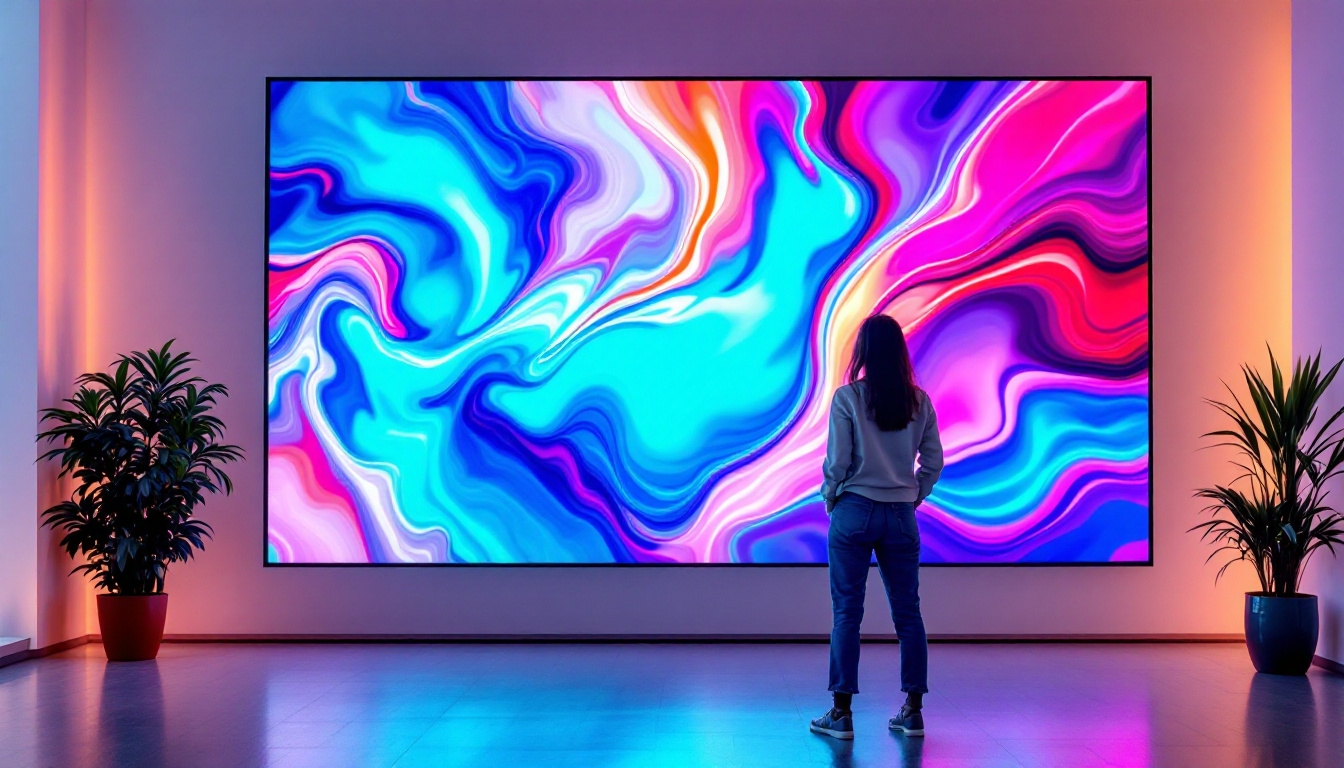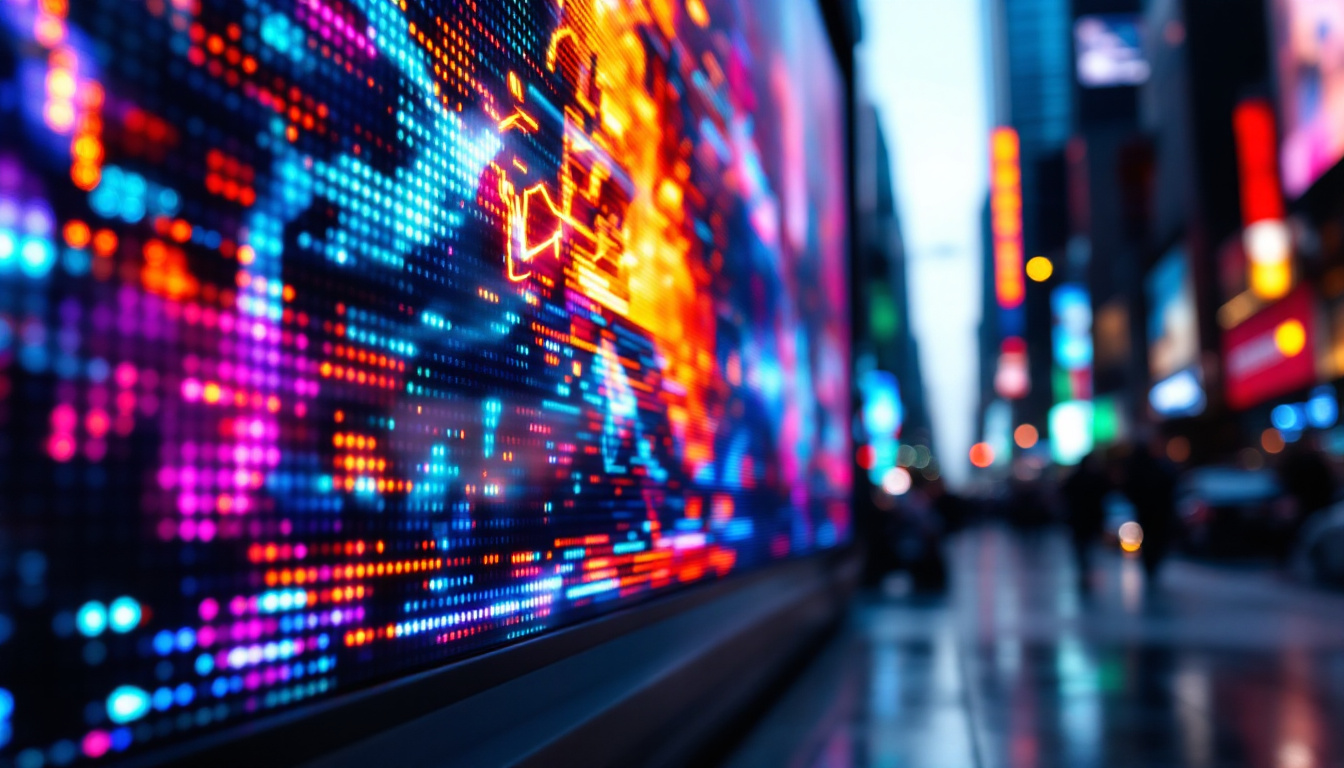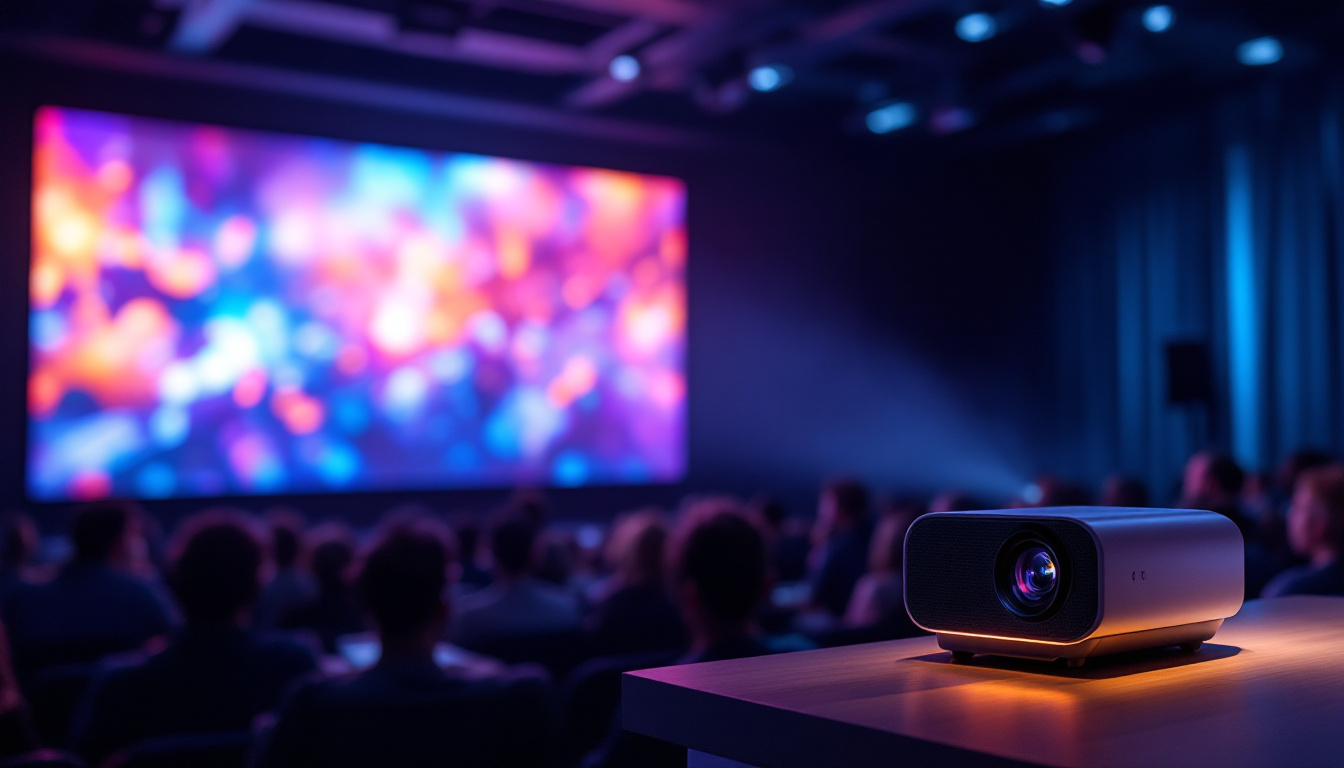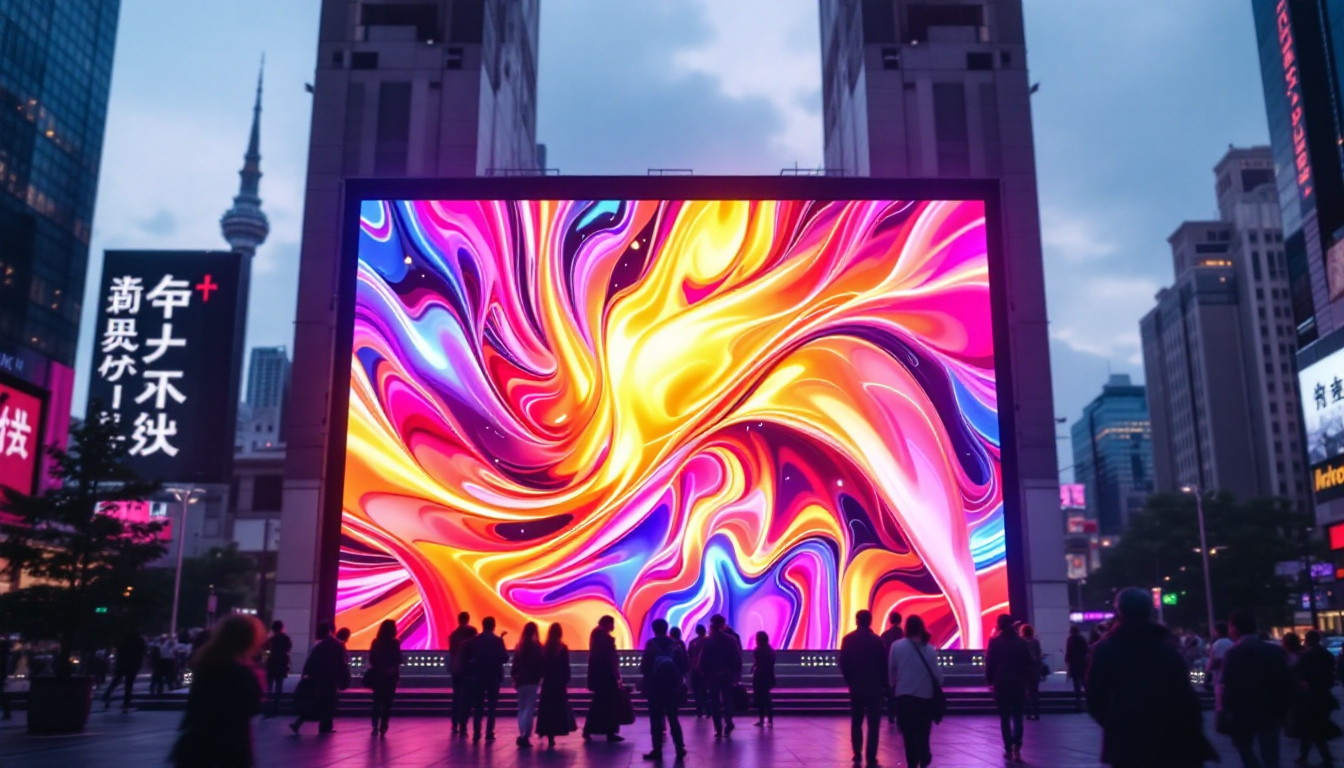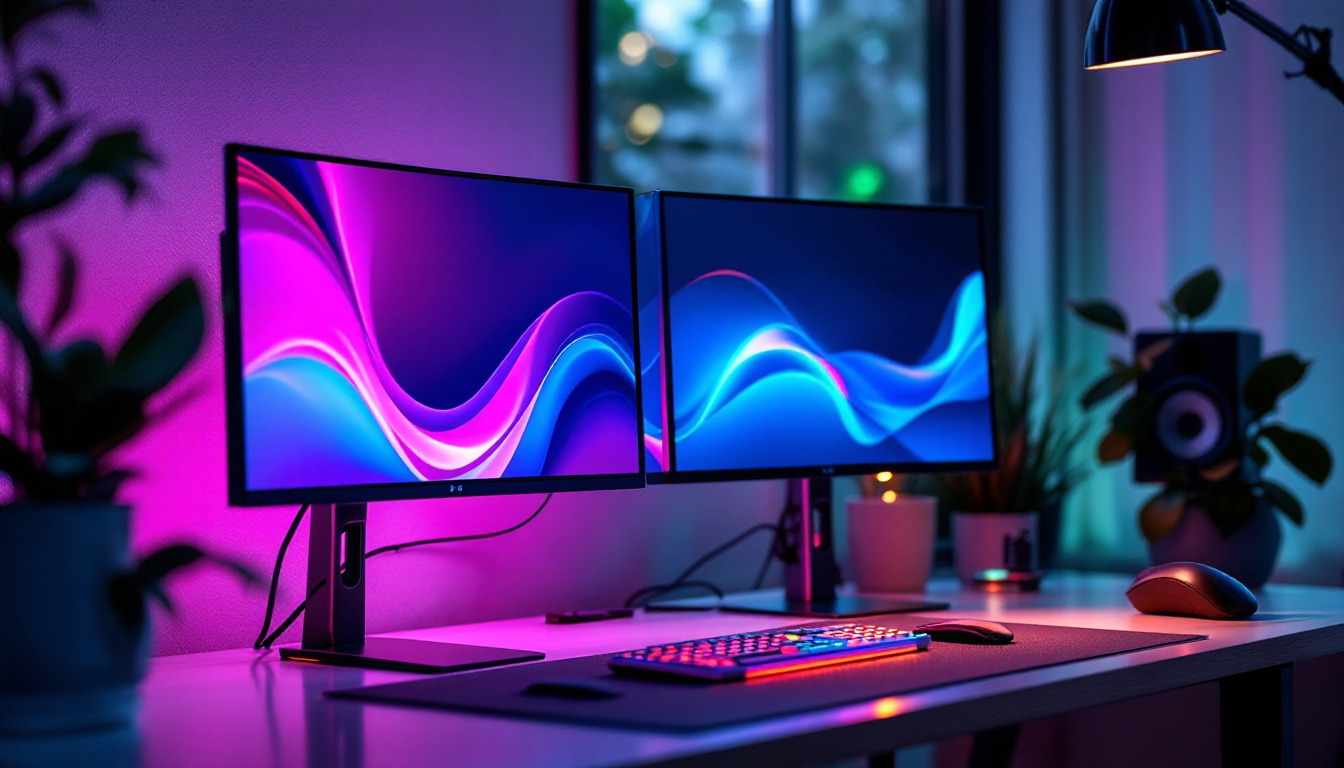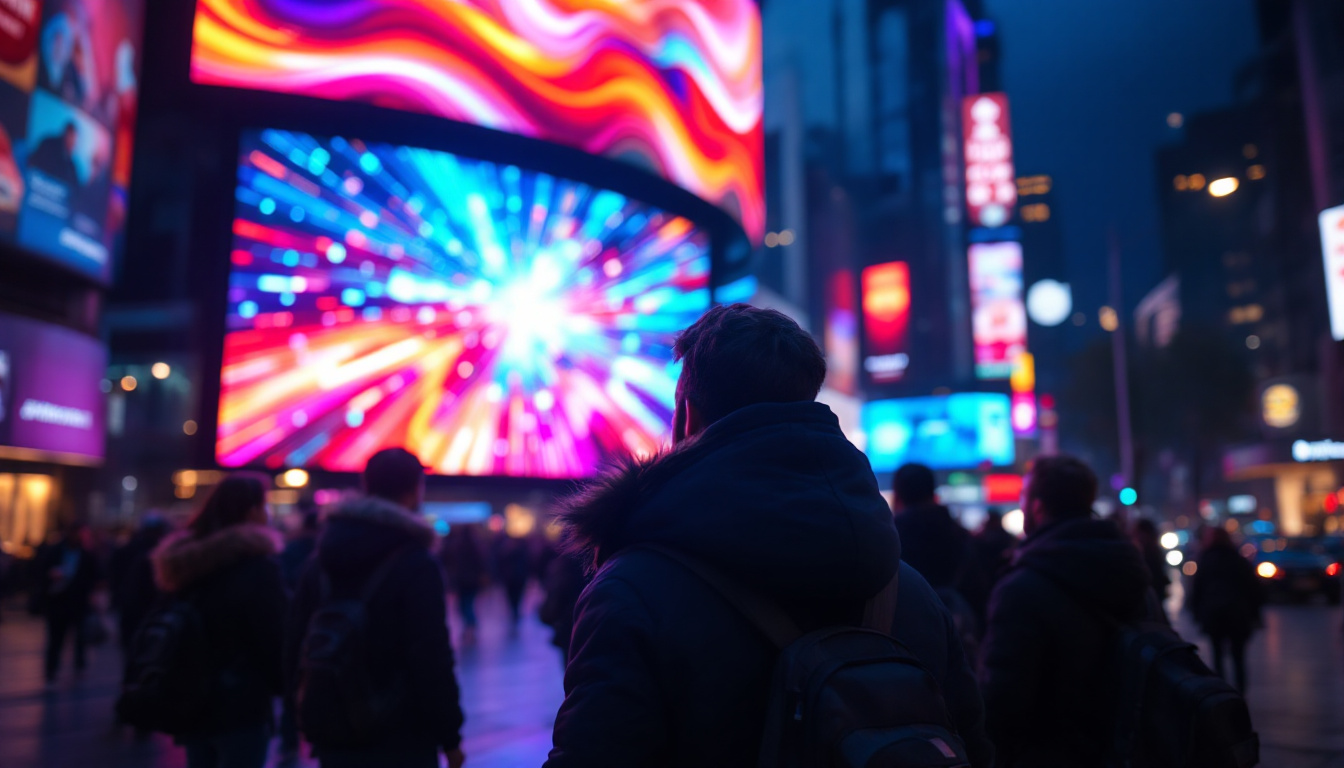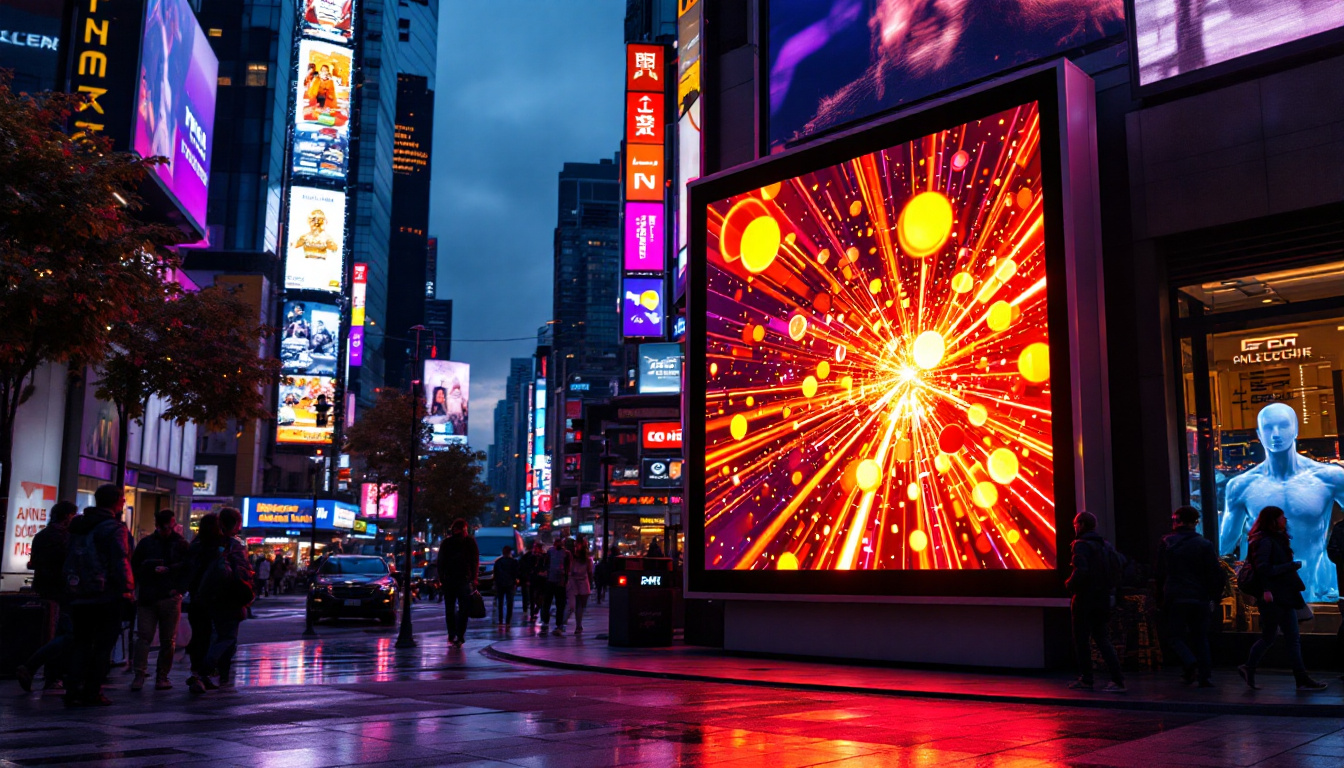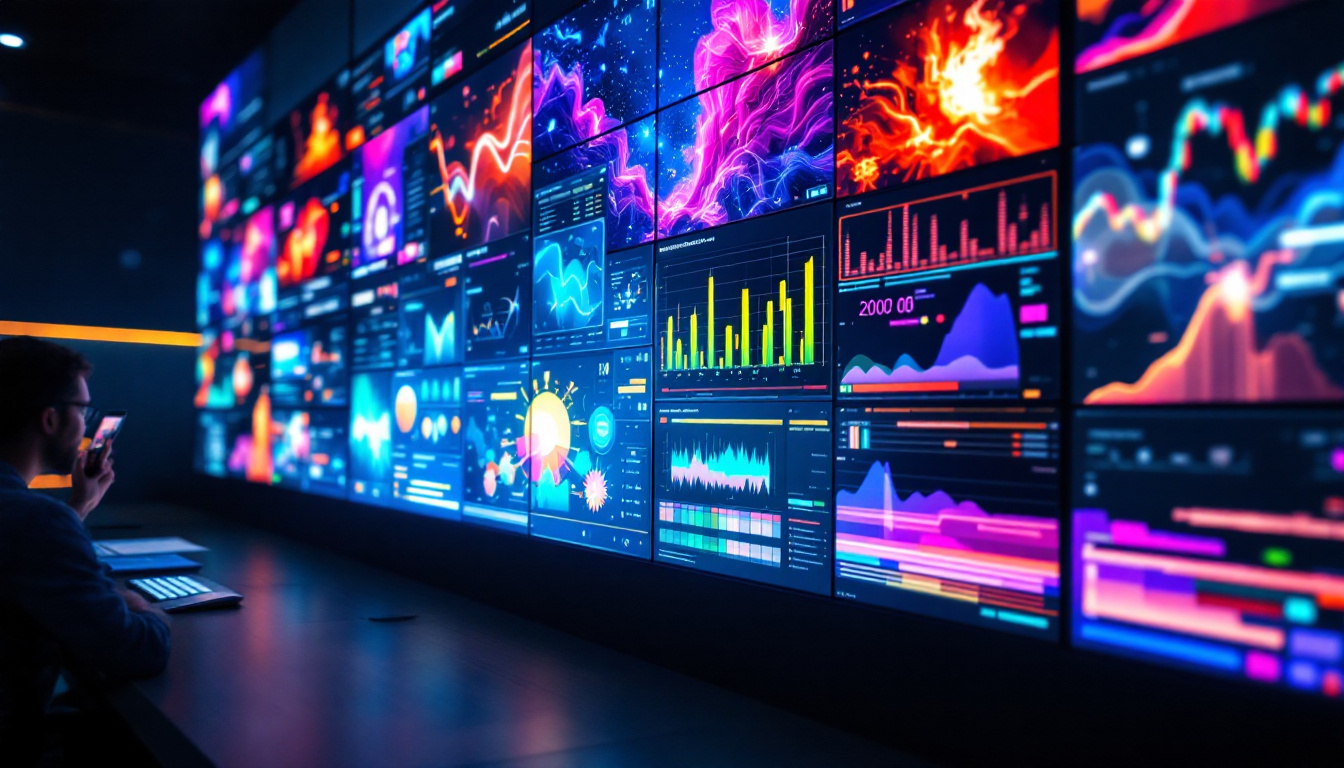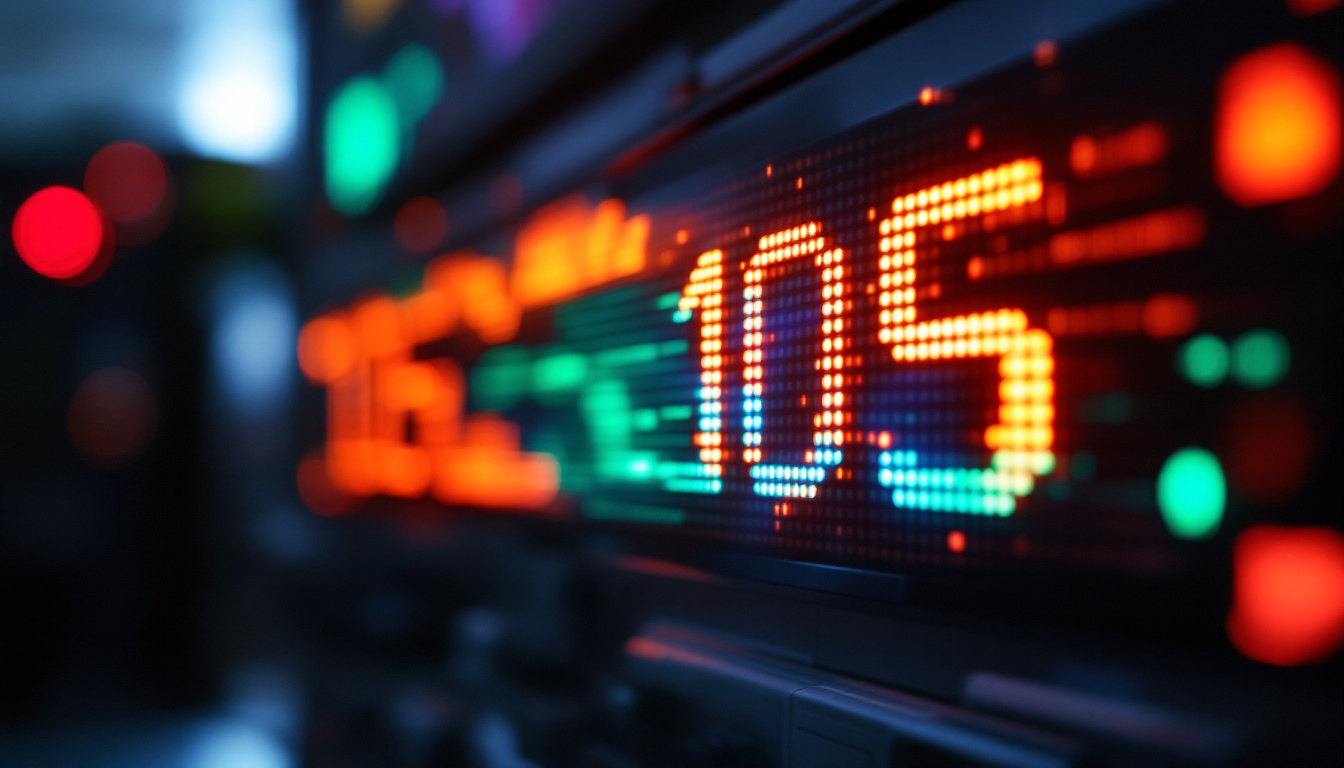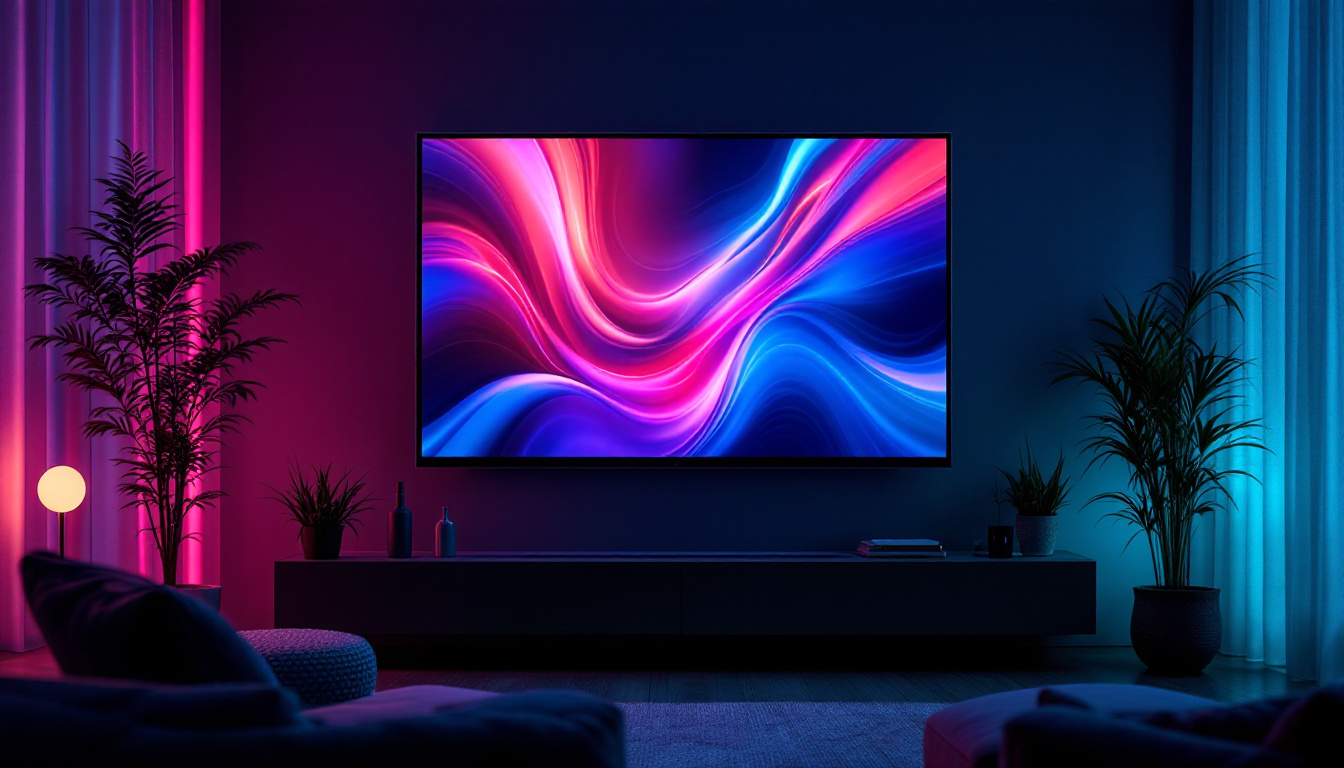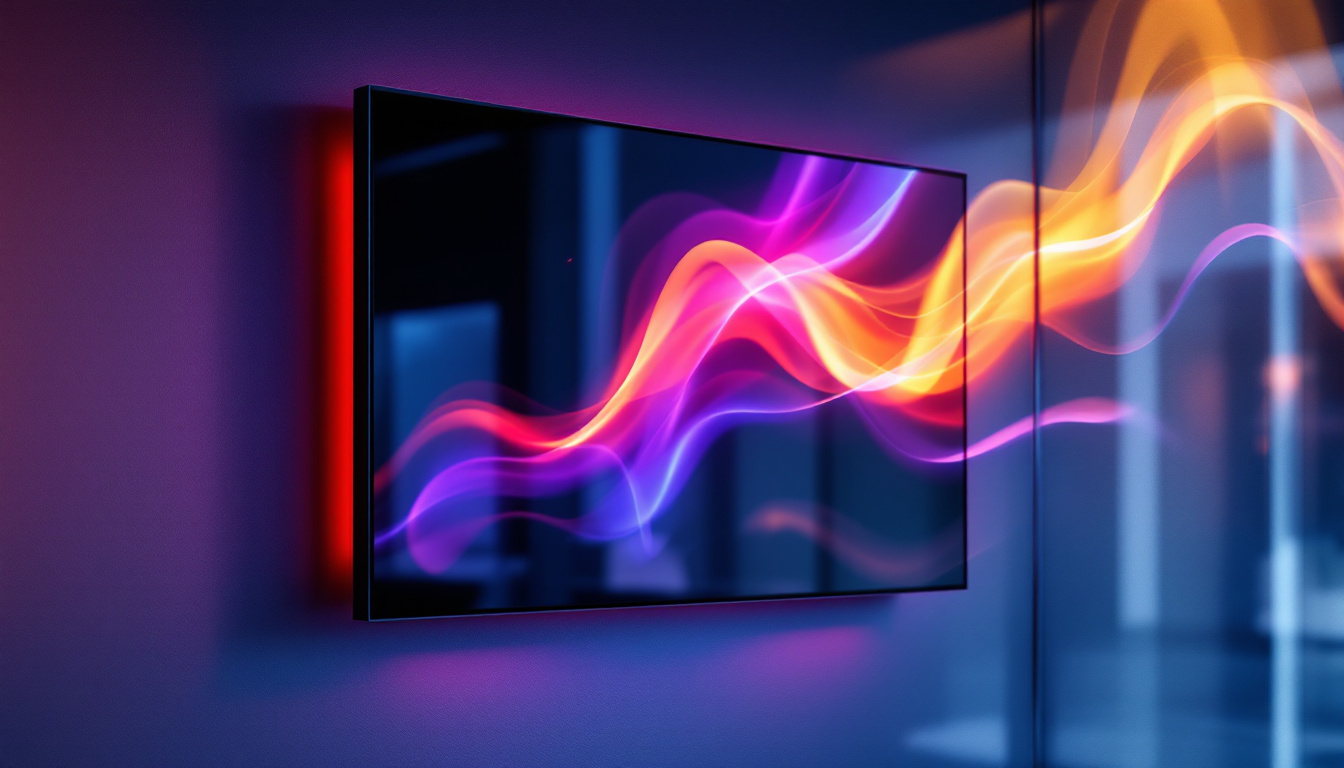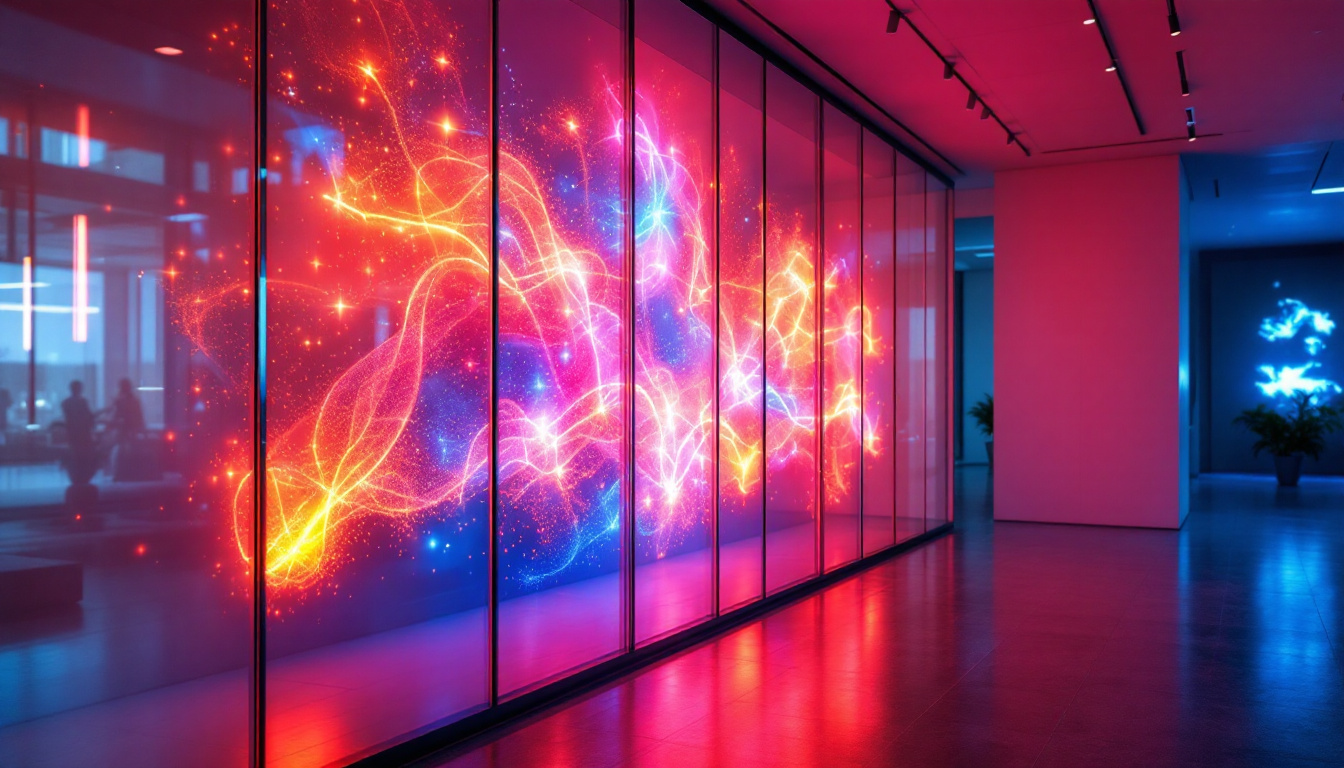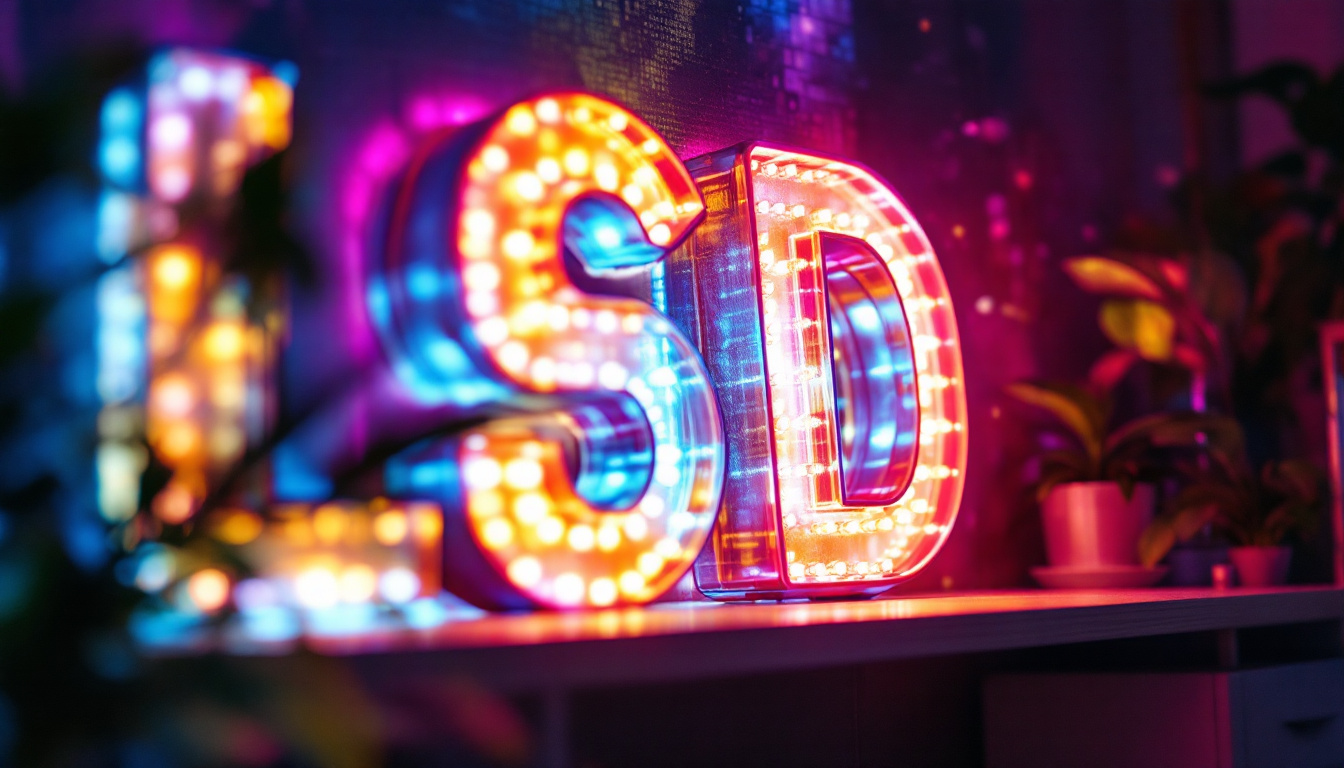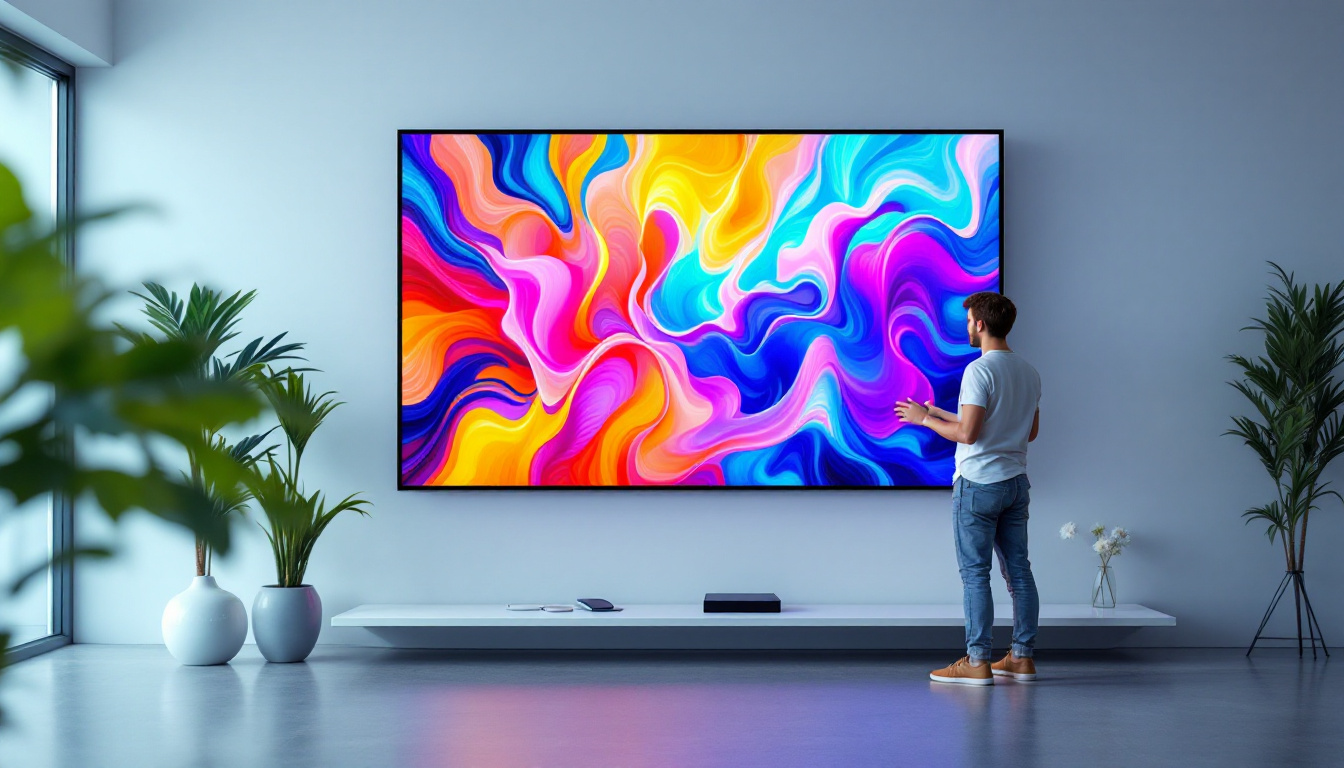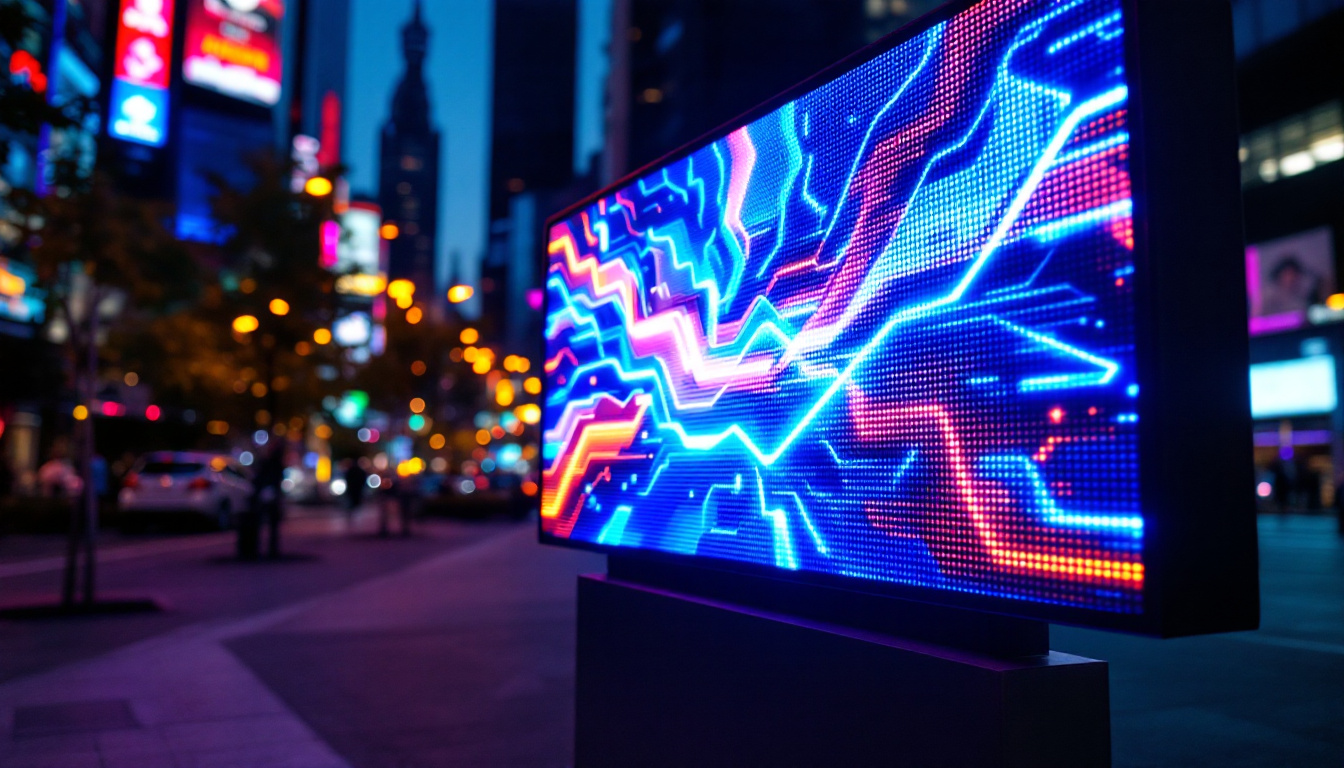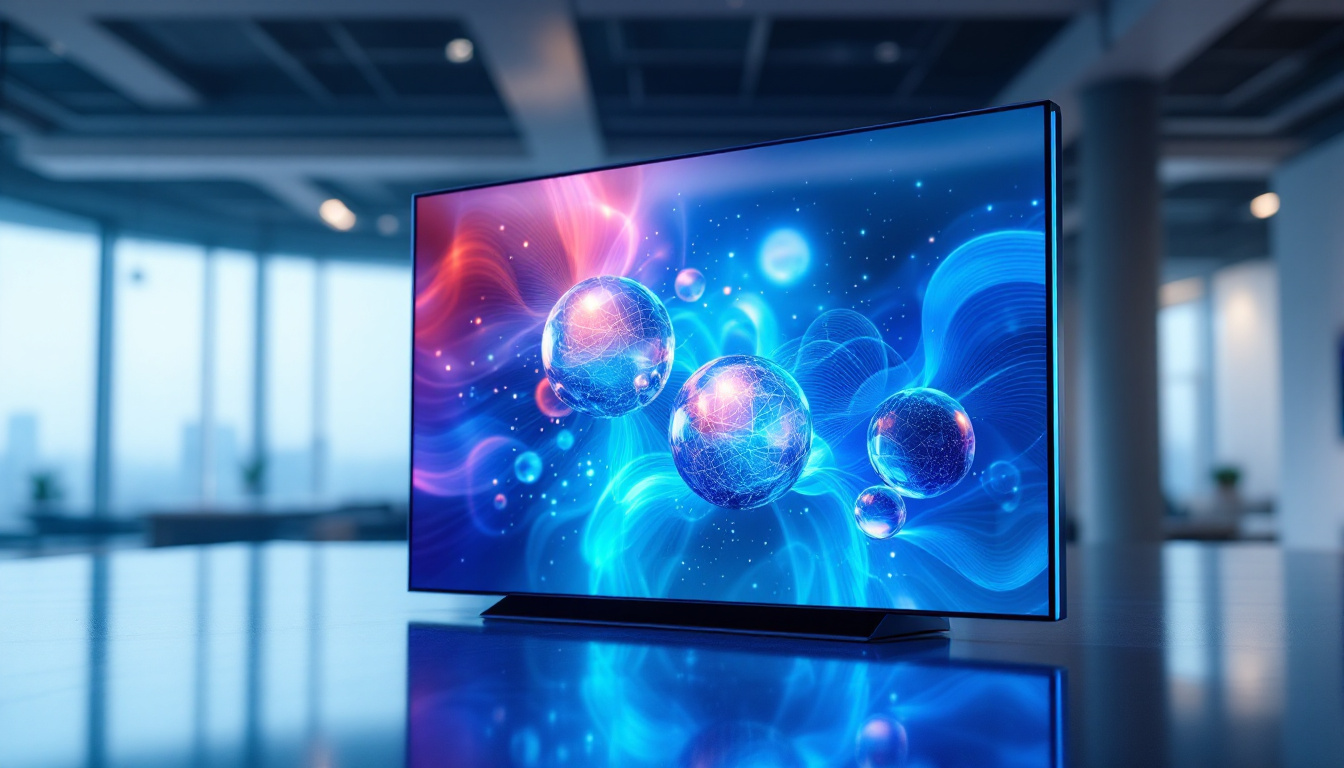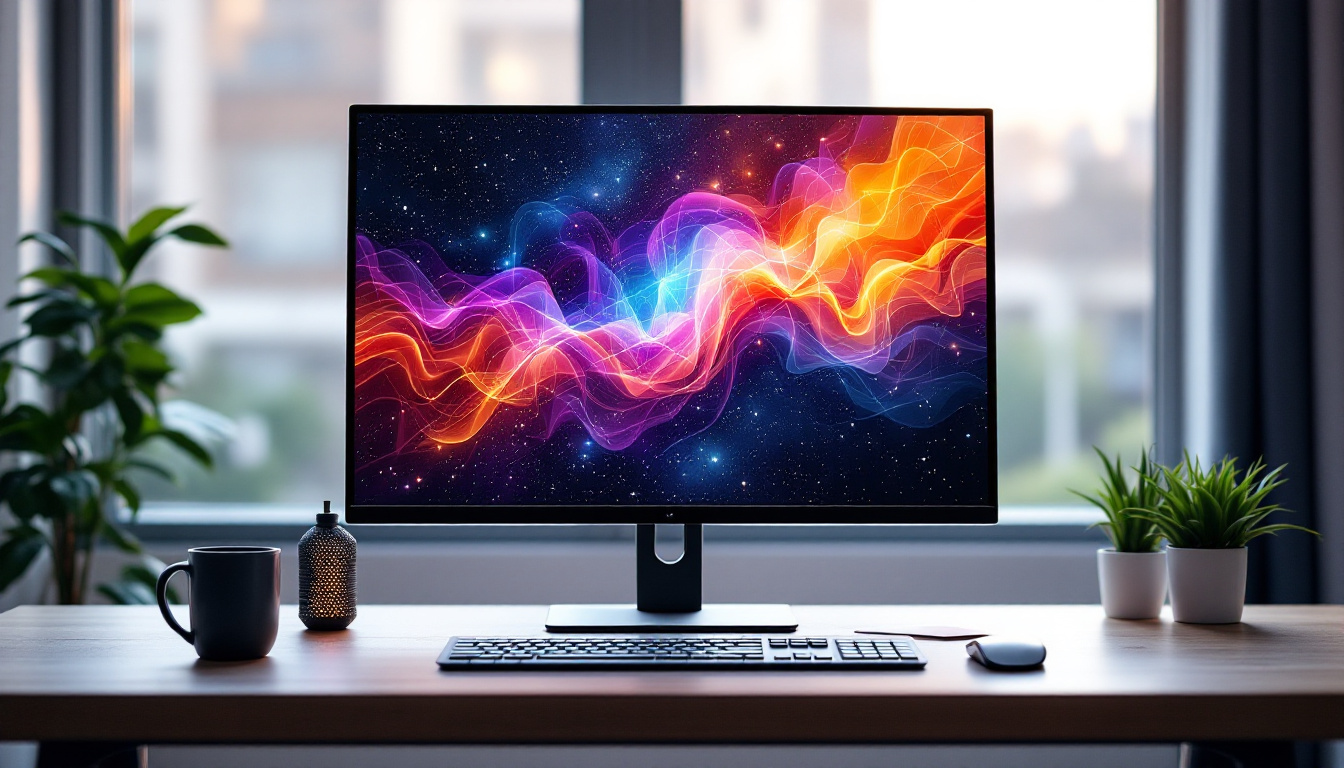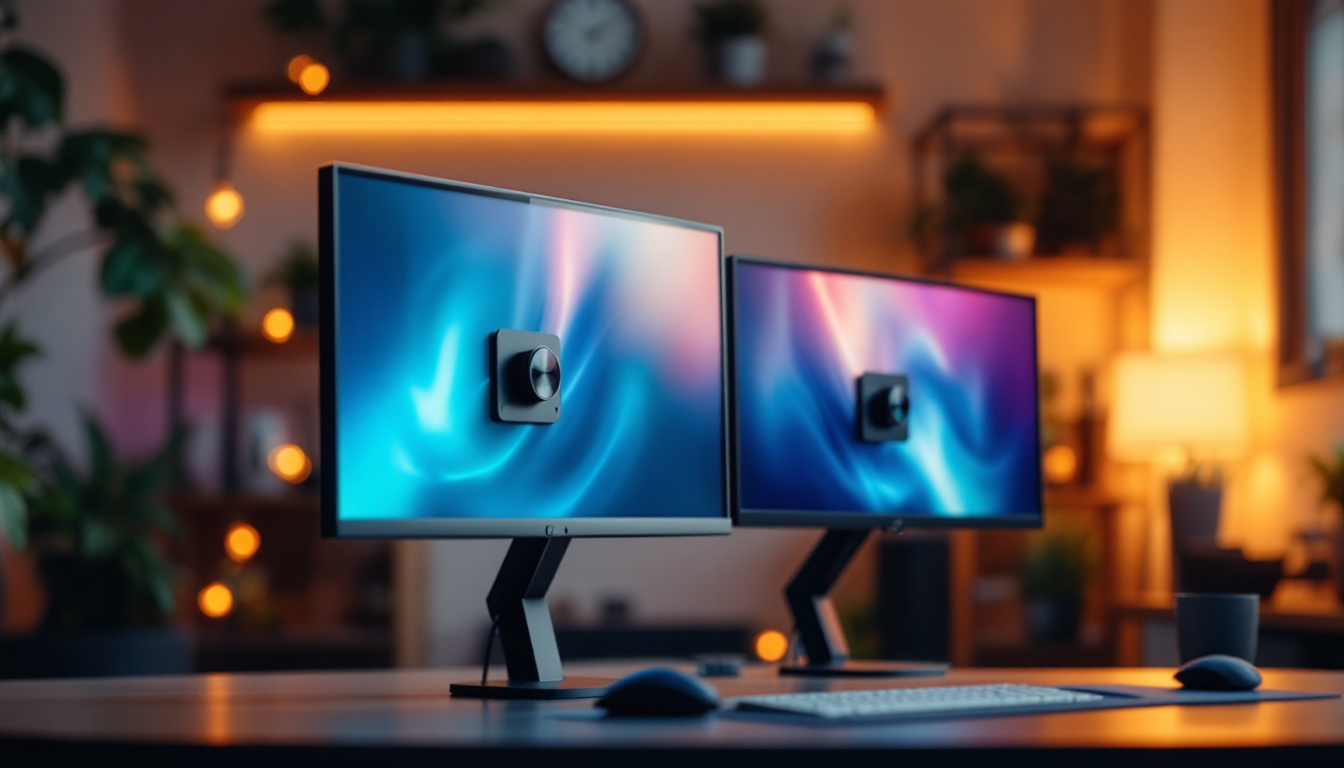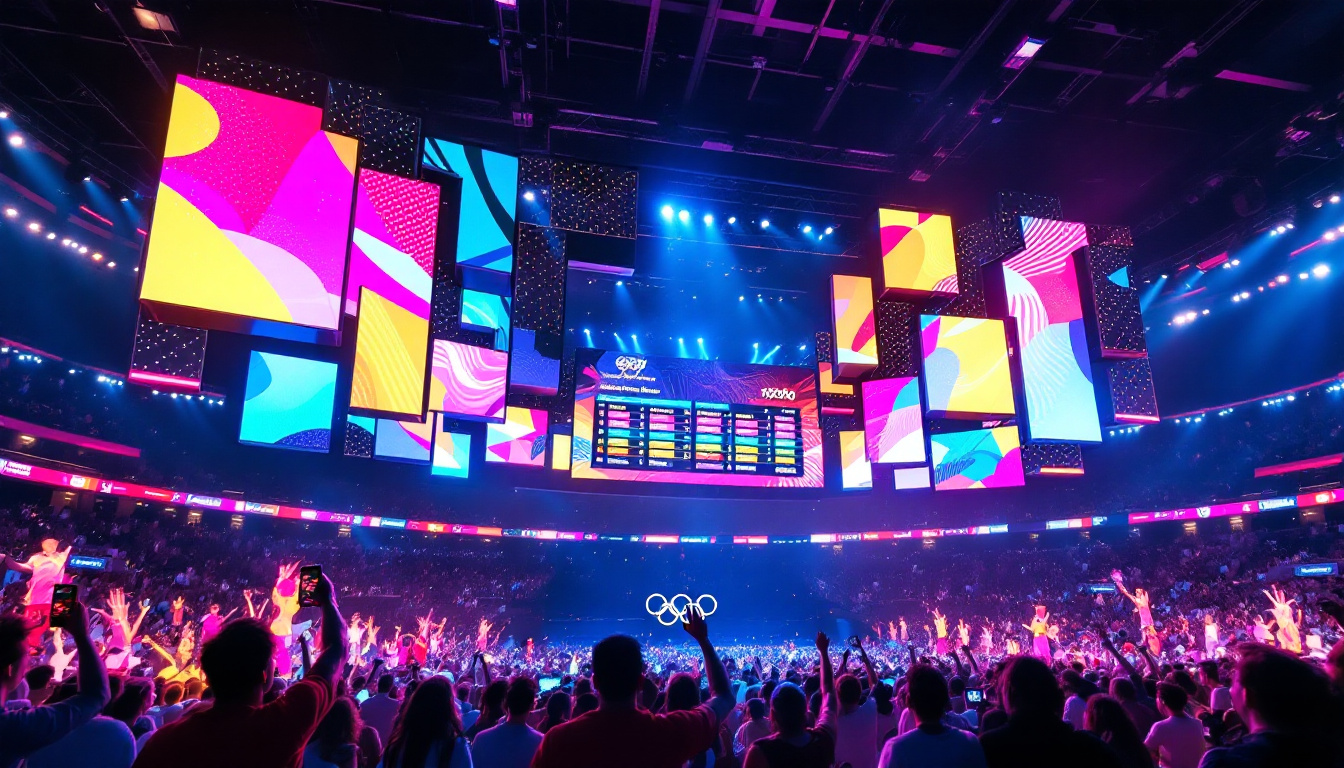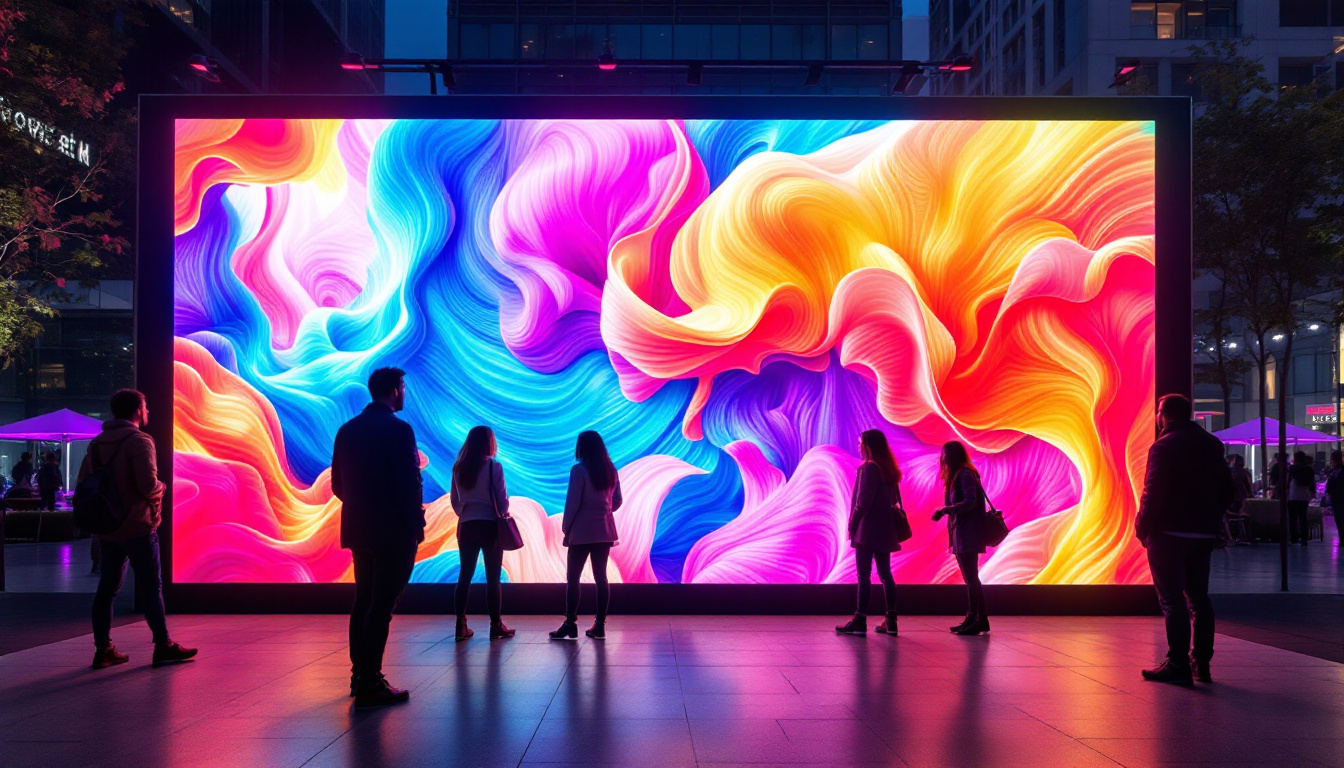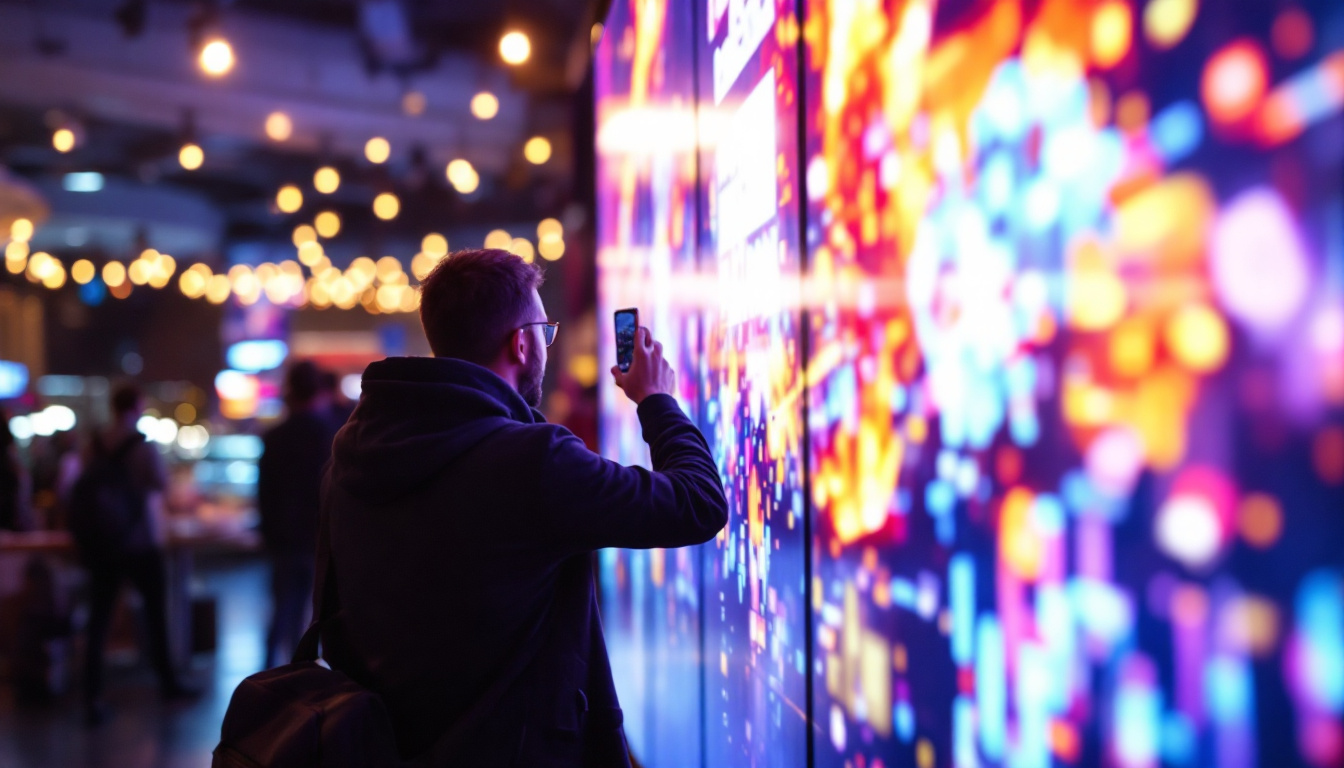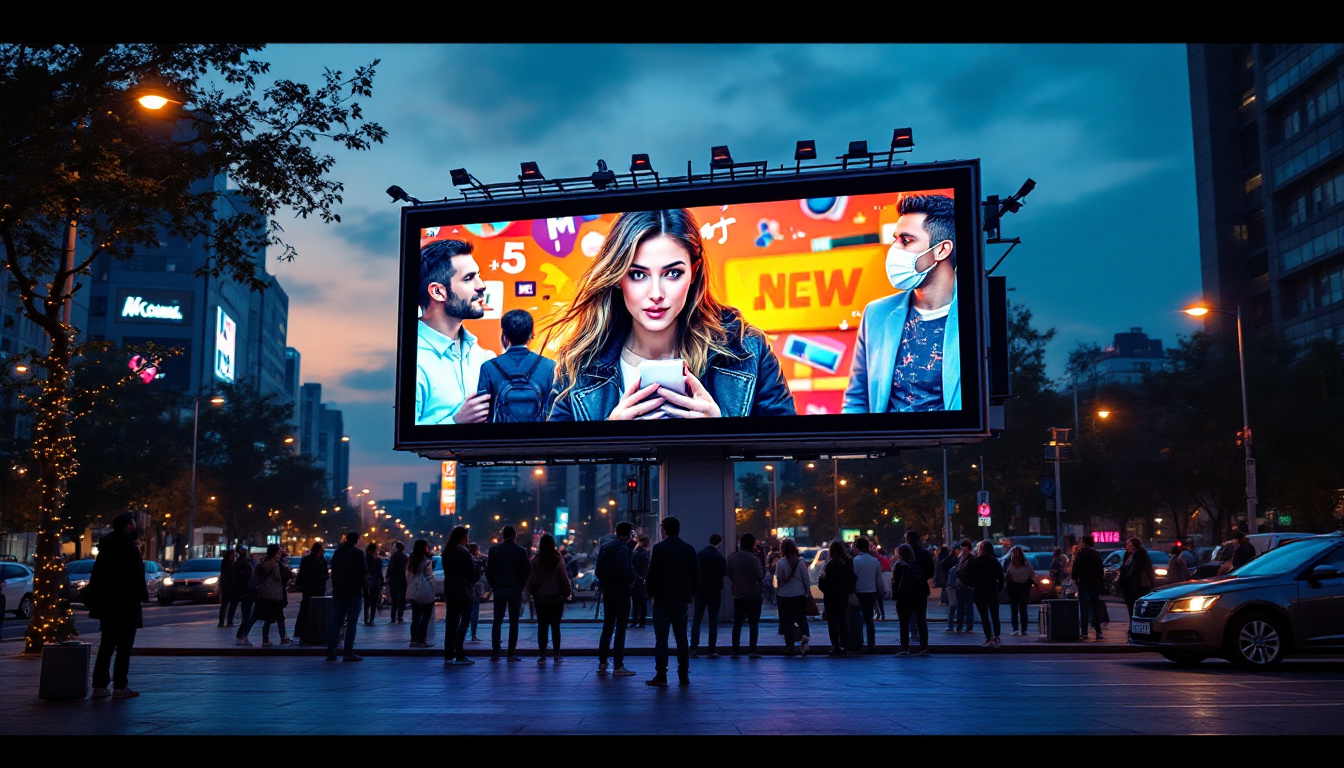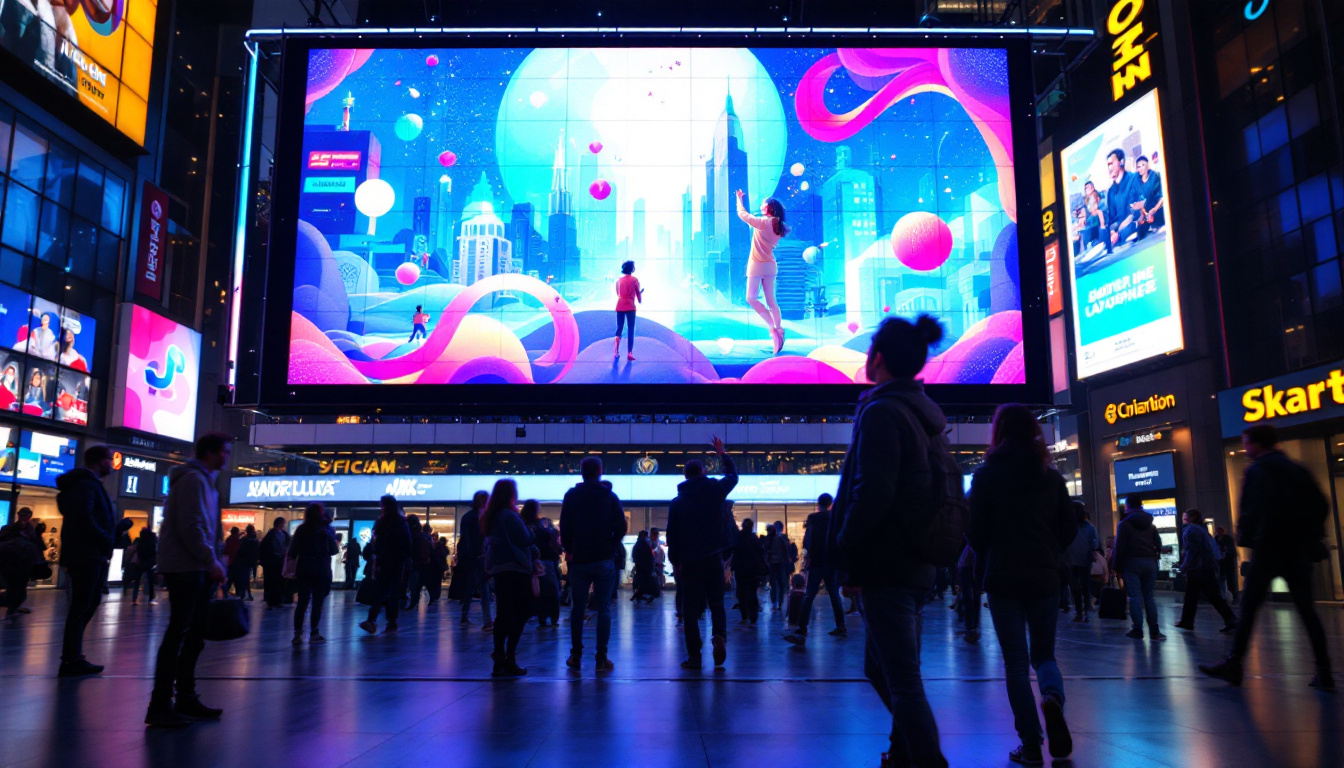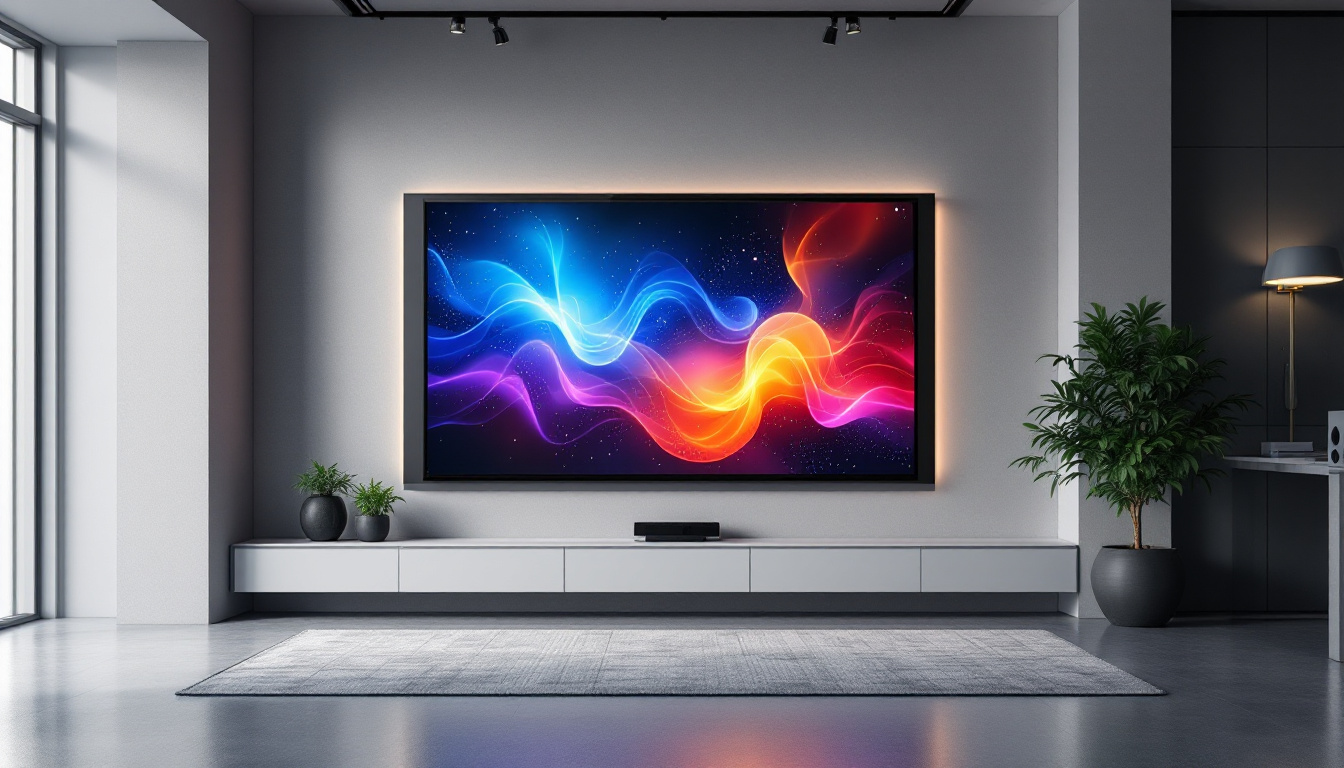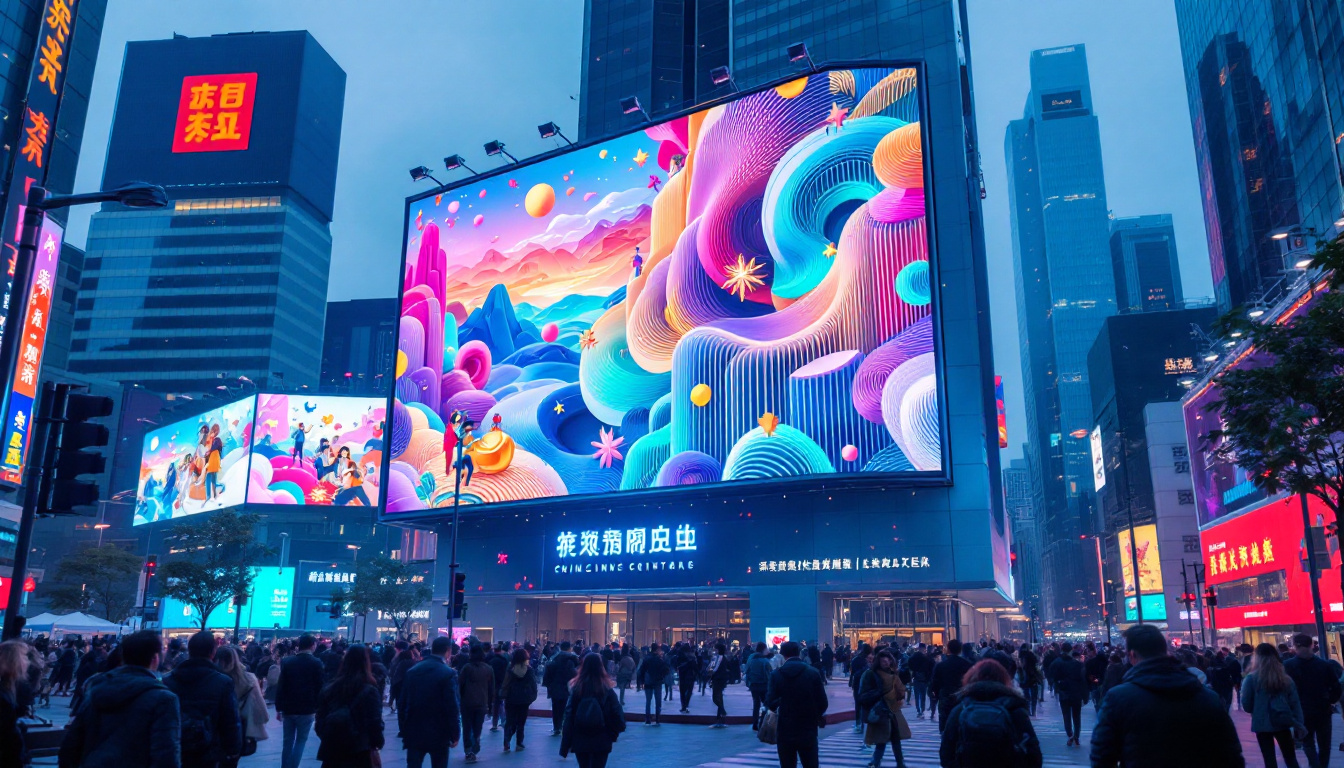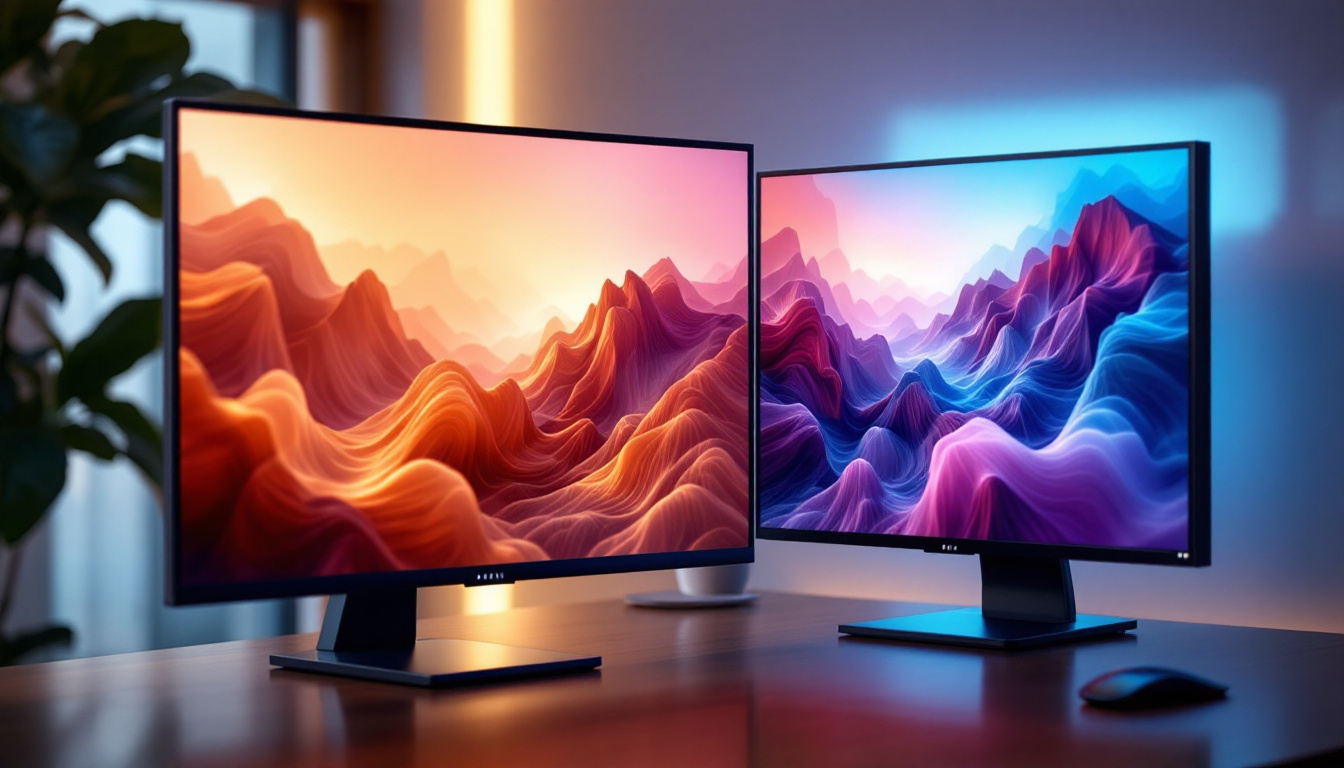In the world of digital signage and visual displays, understanding the specifications and measurements of LED displays is crucial. One common query that arises is the conversion of inches to feet, particularly when discussing larger displays like a 120-inch LED screen. This article delves into the intricacies of LED displays, how to convert measurements, and the factors to consider when selecting a display for various applications.
Understanding LED Displays
LED (Light Emitting Diode) displays have revolutionized the way information is presented visually. These displays are known for their brightness, energy efficiency, and versatility, making them suitable for a wide range of applications, from advertising billboards to home theaters.
What is an LED Display?
An LED display consists of an array of small light-emitting diodes that produce images and videos by combining red, green, and blue lights. The arrangement and density of these diodes determine the display’s resolution and clarity. LED displays can be categorized into two main types: direct view and backlit displays. Direct view displays utilize individual LEDs to create images, while backlit displays use LEDs to illuminate a liquid crystal display (LCD) panel from behind, enhancing brightness and color accuracy.
In recent years, advancements in LED technology have led to the development of organic light-emitting diodes (OLEDs), which offer even greater contrast and flexibility in design. OLED displays can be made thinner and more lightweight than traditional LED displays, allowing for innovative applications such as curved screens and flexible displays that can be integrated into various surfaces.
Benefits of LED Technology
LED technology offers numerous advantages over traditional display technologies. One significant benefit is energy efficiency; LED displays consume less power, which can lead to substantial cost savings over time. Additionally, they provide brighter images and better contrast ratios, making them ideal for outdoor use where sunlight can wash out other types of displays. The long lifespan of LED technology, often exceeding 50,000 hours, also means that maintenance and replacement costs are minimized, making them a smart investment for businesses and consumers alike.
Moreover, LED displays are highly durable and resistant to shock and vibration, which is particularly beneficial in high-traffic environments or during live events. Their ability to operate in a wide range of temperatures adds to their versatility, allowing them to be used in both indoor and outdoor settings without compromising performance.
Applications of LED Displays
LED displays are used in various settings, including retail environments, sports arenas, concert venues, and even residential spaces. Their ability to convey dynamic content makes them a popular choice for advertising and information dissemination. Furthermore, as technology advances, the applications for LED displays continue to expand, incorporating features like touch interactivity and integration with smart systems. For instance, digital signage powered by LED technology is becoming increasingly common in transportation hubs, providing real-time updates and enhancing the passenger experience.
In addition to commercial uses, LED displays are finding their way into artistic installations and public art projects, where they serve as a medium for creative expression. Artists are leveraging the capabilities of LED technology to create immersive environments that engage viewers in new and exciting ways. From large-scale projections on buildings to interactive installations in galleries, the adaptability of LED displays is pushing the boundaries of visual art and design.
Converting Inches to Feet
When discussing display sizes, it’s essential to understand how to convert measurements accurately. The conversion from inches to feet is straightforward, as there are 12 inches in a foot. Therefore, to convert inches to feet, one simply divides the number of inches by 12.
The Calculation for 120 Inches
To convert a 120-inch display to feet, the calculation is as follows:
120 inches ÷ 12 = 10 feet
This means that a 120-inch LED display is equivalent to 10 feet. Understanding this conversion is vital for comparing display sizes, especially when planning installations or evaluating space requirements. For instance, knowing that a display is 10 feet wide can help in determining the optimal viewing distance, ensuring that the audience can appreciate the content without straining their eyes.
Importance of Size in Display Selection
The size of an LED display significantly impacts its visibility and effectiveness. A larger display, such as a 120-inch screen, is often more suitable for large venues or outdoor settings where viewers are at a distance. Conversely, smaller displays may be more appropriate for intimate settings or close-range viewing. Additionally, the aspect ratio of the display can influence how the content is perceived; for example, a widescreen format may be better for cinematic presentations, while a standard ratio might suit traditional presentations.
Moreover, the context in which the display will be used plays a crucial role in size selection. For corporate environments, a larger screen can enhance presentations and make data visualization clearer for all attendees. In retail spaces, eye-catching displays can draw customers’ attention from afar, making size a critical factor in marketing strategies. Understanding the relationship between size, distance, and content type can lead to more effective communication and engagement with the intended audience.
Factors to Consider When Choosing an LED Display
When selecting an LED display, several factors should be taken into account to ensure the right choice for the intended application. These factors include size, resolution, brightness, and installation type.
Size and Viewing Distance
The size of the display should correspond to the viewing distance. For example, a 120-inch display is ideal for larger spaces where viewers are positioned further away. A general rule of thumb is that the optimal viewing distance is approximately 1.5 to 2.5 times the diagonal size of the display. Therefore, a 10-foot display would be best viewed from a distance of 12.5 to 25 feet. Additionally, the aspect ratio of the display can also influence the viewing experience; a wider aspect ratio may be more suitable for displaying video content, while a standard ratio may be better for presentations and slideshows.
Resolution and Pixel Pitch
Resolution is another critical factor. It refers to the number of pixels that make up the display. Higher resolution displays offer clearer and sharper images. Pixel pitch, which is the distance between the centers of two adjacent pixels, also plays a vital role. A smaller pixel pitch indicates a higher resolution and is more suitable for close viewing distances. For instance, displays with a pixel pitch of 1.5mm are ideal for indoor environments where viewers are close, while a pixel pitch of 10mm may be more appropriate for outdoor advertising where viewers are typically farther away. Understanding the specific needs of your audience can help in selecting the right pixel pitch for optimal clarity.
Brightness and Environment
Brightness, measured in nits, is crucial for visibility, especially in outdoor settings. Displays intended for bright environments require higher brightness levels to ensure that content remains legible. For instance, an outdoor LED display may need to be at least 5,000 nits, while indoor displays can be effective at lower brightness levels. It’s also important to consider the ambient light conditions where the display will be installed. For example, a display placed in direct sunlight will need to have higher brightness capabilities compared to one installed in a shaded area. Furthermore, features such as automatic brightness adjustment can enhance the display’s performance by adapting to changing light conditions throughout the day, ensuring that the content is always visible and engaging.
Installation Considerations
Installation is a significant aspect of deploying an LED display. Factors such as location, mounting options, and environmental conditions must be considered to ensure optimal performance.
Mounting Options
LED displays can be mounted in various ways, including wall-mounted, ceiling-mounted, or free-standing. The choice of mounting depends on the space available and the intended viewing angle. For instance, a wall-mounted display may be suitable for a retail environment, while a free-standing display may be more appropriate for outdoor advertising.
Environmental Factors
Environmental conditions also influence installation decisions. Outdoor displays must be weather-resistant and capable of withstanding temperature fluctuations, moisture, and dust. Conversely, indoor displays may have different requirements, focusing more on aesthetic integration with the surrounding environment.
Maintenance of LED Displays
Proper maintenance is essential to ensure the longevity and performance of LED displays. Regular upkeep can prevent issues such as pixel failure and brightness degradation.
Routine Checks
Software Updates
Keeping the display’s software up to date is also crucial. Many LED displays come with integrated software that controls content playback and display settings. Regular updates can enhance functionality and security, ensuring that the display operates smoothly.
Future Trends in LED Display Technology
The LED display industry is continually evolving, with new technologies emerging that enhance performance and capabilities. Understanding these trends can help businesses and consumers make informed decisions about their display needs.
Advancements in Resolution
One of the most significant trends is the advancement in resolution. As technology progresses, displays with higher pixel densities are becoming available, allowing for even clearer images and more detailed content. This is particularly beneficial for applications requiring high-definition visuals, such as virtual reality and immersive experiences.
Integration with Smart Technology
Another trend is the integration of LED displays with smart technology. Displays are increasingly being designed to work seamlessly with IoT devices, enabling features such as remote monitoring and content management. This integration allows for more dynamic content delivery and enhanced user interaction.
Sustainability Initiatives
As environmental concerns grow, the LED display industry is also focusing on sustainability. Manufacturers are developing energy-efficient models and using recyclable materials in production. This shift not only reduces the carbon footprint but also appeals to environmentally conscious consumers.
Conclusion
Understanding the conversion of measurements, such as 120 inches to feet, is just one aspect of navigating the world of LED displays. By considering factors like size, resolution, brightness, and installation options, individuals and businesses can make informed decisions that meet their specific needs. With ongoing advancements in technology and a focus on sustainability, the future of LED displays looks promising, offering even more opportunities for effective visual communication.
Explore LumenMatrix’s Innovative LED Solutions
Ready to elevate your visual communication with cutting-edge LED technology? Discover LumenMatrix’s comprehensive range of LED display modules, designed to captivate and engage your audience. Whether you need an Indoor LED Wall Display for your corporate events, an Outdoor LED Wall Display for impactful advertising, or any of our specialized solutions like Vehicle LED Displays, LED Sports Displays, and Custom LED Displays, LumenMatrix has the expertise to bring your vision to life. Check out LumenMatrix LED Display Solutions today and experience the future of digital signage.

